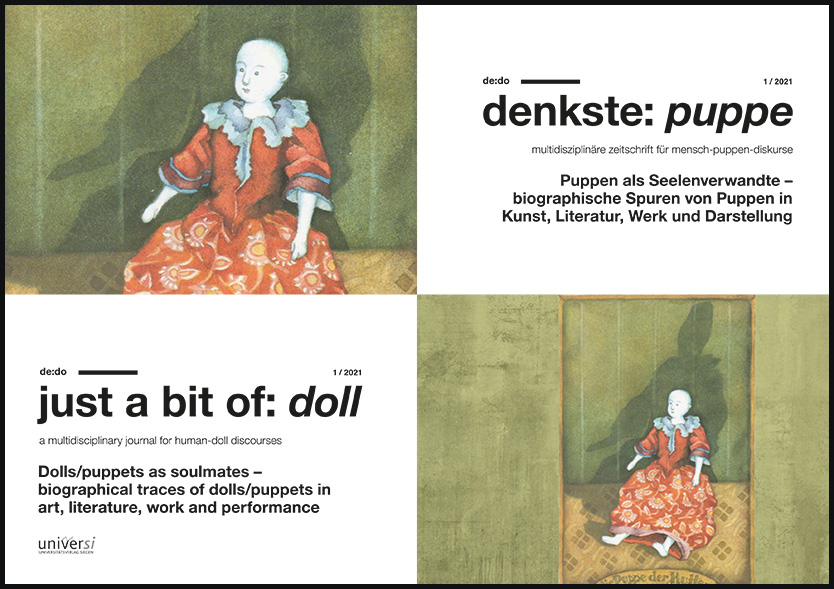Jewish doll children as life companions through dark decades. The portrait dolls of the German-Jewish artist Edith Samuel from the 1920s and 1930s
DOI:
https://doi.org/10.25819/dedo/104Keywords:
Edith Samuel, doll maker, Jewish dolls, portrait dollsAbstract
This article is focused on the work and life of the doll maker Edith Samuel (1907- 1964). She created her first “portrait dolls” during the 1920s and 1930s in Essen, Germany. They became known as "everyday dolls" and "Jewish dolls". Edith Samuel's talent as a doll maker became apparent from early on, and in the 1930s she was renowned in Germany for her art. In 1939, she emigrated to Palestine, and she successfully started a second career as a doll maker in Erez Israel. However, it is her early work that is to be contemplated here: A whole 'generation' of peculiar Jewish portrait dolls – which contributed to their owners’ sense of identity – must not be forgotten. These dolls were particularly important as animated companions in times of murderous persecution.
Downloads
Published
How to Cite
Issue
Section
License
Copyright (c) 2021 Julia Schweisthal

This work is licensed under a Creative Commons Attribution-ShareAlike 4.0 International License.



